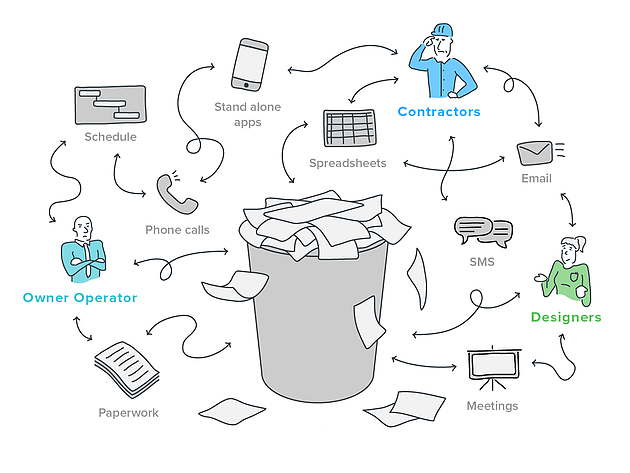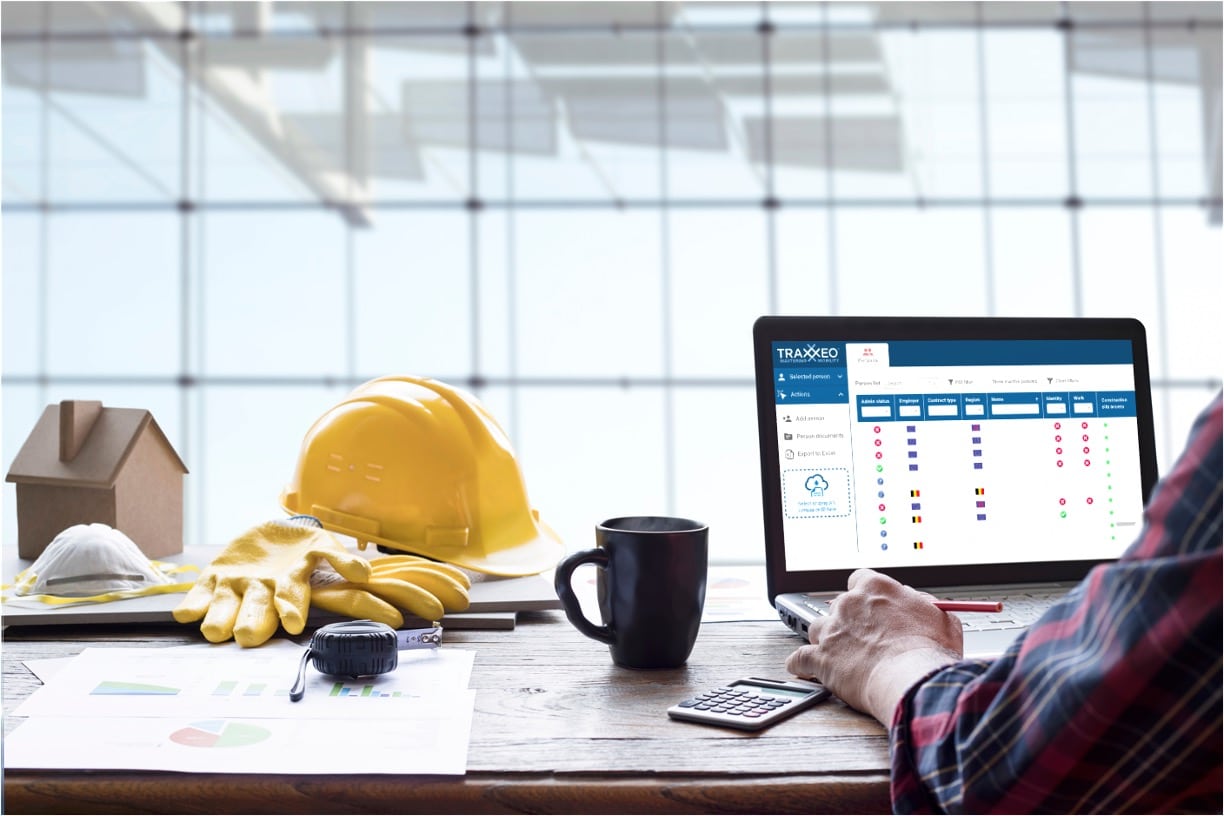Unlocking Effectiveness: The Advantages of Construction Document Management Operating Systems
Unlocking Effectiveness: The Advantages of Construction Document Management Operating Systems
Blog Article
Optimizing Task Collaboration: Engineer's Ideal Practices in Building And Construction Paper Monitoring
In the complex realm of architectural tasks, the efficient monitoring of building documents stands as a keystone for success. Designers, with their precise interest to information and cutting-edge layout options, are tasked with orchestrating a harmony of resources, timelines, and stakeholders. Amidst this intricacy lies a vital question: exactly how can engineers simplify cooperation procedures to enhance task end results? By exploring crucial strategies such as leveraging cloud-based platforms, developing durable interaction procedures, and making sure information safety, architects can raise their paper monitoring techniques to new elevations.
Leveraging Cloud-Based Platforms
By transitioning from typical paper-based systems to cloud solutions, engineers can enhance collaboration, improve record availability, and improve overall task effectiveness. This accessibility advertises smooth interaction and coordination amongst project stakeholders, leading to less errors and hold-ups in the building procedure.
Furthermore, cloud-based systems supply a protected setting for storing delicate task info, supplying file encryption, regular back-ups, and user approval settings to secure data stability. Engineers can also profit from the scalability of cloud options, allowing them to change storage space ability and functionality based on task demands. Overall, leveraging cloud-based platforms equips engineers to optimize their building and construction document administration procedures, driving greater cooperation, effectiveness, and success in their tasks.
Executing Variation Control Equipment
Having established the advantages of cloud-based systems in construction record management, designers can currently boost their document control processes by applying Version Control Systems. Version Control Solution (VCS) are essential tools that track modifications in records, ensuring that employee are constantly functioning with the most recent and most precise info. By carrying out VCS, engineers can maintain a central database where all task documents are stored, enabling seamless partnership while decreasing the threat of mistakes and version problems.
One key benefit of Version Control Solution is the ability to track the complete history of file modifications, permitting users to revert to previous versions if required (construction document management). This feature is particularly valuable in construction projects where design versions and adjustments prevail. VCS assists in better communication among group participants by supplying a clear audit path of that made certain modifications and when they were made. This transparency not just enhances responsibility but additionally assists in solving disputes or disparities that may arise throughout the project lifecycle.
Establishing Communication Methods
To make sure efficient and efficient job control, architects need to develop clear and robust communication methods within their construction document management procedures. Interaction protocols specify the methods, frequency, and networks where staff member exchange information, updates, and comments. One vital element of developing these protocols is identifying a central interaction platform where all project-related discussions and paper sharing can happen. This platform might be a job monitoring software program, email threads, or cloud-based storage options. By setting standards on just how info is shared and just how team participants communicate with each other, architects can improve the flow of data and stop miscommunications or hold-ups in the building procedure.
Moreover, communication protocols should additionally include guidelines on internet how to handle problems, adjustment orders, and urgent issues that might emerge throughout the task lifecycle. Developing a structured approach to interaction makes sure that all stakeholders are on the same web page, promotes transparency, and ultimately contributes to the effective conclusion of the building job.
Using BIM Software for Control
BIM software application plays an essential function in enhancing control amongst project staff member in the construction sector. Building Details Modeling (BIM) assists in cooperation by giving a centralized system where designers, engineers, contractors, and various other stakeholders can interact in a collaborated fashion. Through BIM software, task individuals can access and update a common version that has in-depth details regarding the building layout, construction elements, and project timetables.

Additionally, BIM software makes it possible for real-time cooperation and interaction among staff member, no matter their physical location. Via cloud-based BIM systems, project stakeholders can access the most recent task information, track adjustments, and make notified decisions promptly. On the whole, leveraging BIM software program for sychronisation boosts why not try here job efficiency, performance, and inevitably causes effective job results.
Ensuring Data Protection and Compliance
In the world of construction record management, protecting data stability and making certain regulatory compliance are extremely important considerations for engineers and various other project stakeholders. Engineers have to carry out durable safety and security actions to protect sensitive job information from unapproved access or breaches. Using secure cloud storage options with security protocols and gain access to controls can aid minimize dangers connected with data theft or loss. Frequently upgrading software program and systems, conducting safety and security audits, and supplying team training on information safety and security finest practices are crucial action in maintaining a safe atmosphere for building and construction record management.

Verdict
Finally, architects can maximize job collaboration in building and construction file monitoring by leveraging cloud-based platforms, applying version control systems, establishing interaction protocols, using BIM software program for coordination, and making sure information safety and conformity. These finest practices assist simplify the construction procedure, boost communication amongst task stakeholders, and enhance effectiveness in task distribution. By complying with these standards, architects can successfully take care of construction papers and facilitate successful job outcomes.
Through BIM software program, project participants can access and upgrade a common model that includes in-depth information about the building layout, construction elements, and task schedules.
With cloud-based BIM systems, task stakeholders can access the newest job details, track changes, and make informed decisions immediately - construction document management. On the whole, leveraging BIM software for coordination enhances project effectiveness, productivity, and eventually leads to effective job end results
In conclusion, architects can enhance job collaboration in building file administration by leveraging cloud-based platforms, executing version control systems, establishing communication protocols, utilizing BIM software for sychronisation, and guaranteeing data security and conformity. These ideal methods assist improve the construction procedure, enhance communication among task stakeholders, and improve efficiency in task shipment.
Report this page